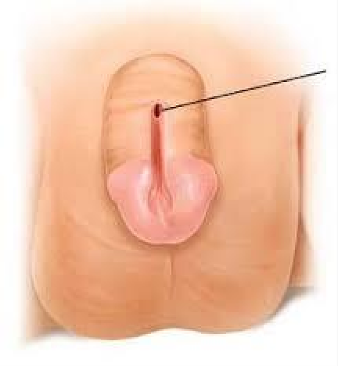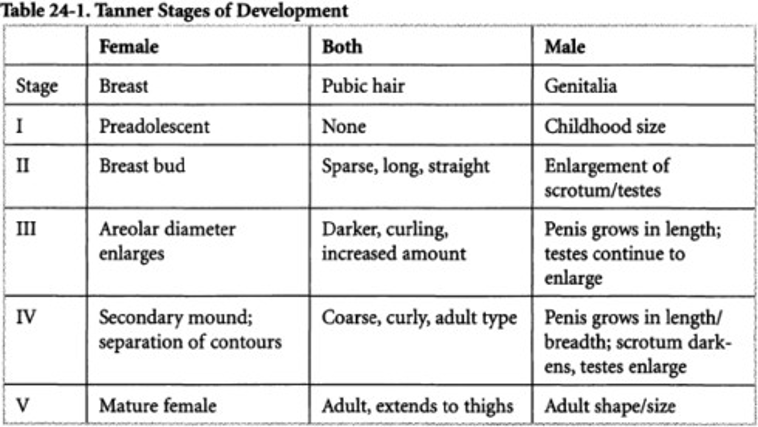Which statement best describes why infants are at greater risk for dehydration than older children?
Infants have an increased ability to concentrate urine.
Infants have an increased extracellular flued volume
Infants have a greater volume of intracellular fluid.
Infants have a smaller body surface area.
The Correct Answer is B
The statement that best describes why infants are at greater risk for dehydration than older children is option B. Infants have an increased extracellular fluid volume compared to older children. This means that a larger proportion of their total body fluid is located outside the cells, in the extracellular compartment. This higher extracellular fluid volume makes infants more susceptible to fluid losses and dehydration if they experience inadequate fluid intake or increased fluid losses.
infants have an increased ability to concentrate urine in (option A), is incorrect. Infants have limited renal function and may have difficulty concentrating urine compared to older children and adults. This can contribute to a higher risk of dehydration in infants.
infants have a greater volume of intracellular fluid in (option C), is incorrect. The volume of intracellular fluid is not the primary factor contributing to the increased risk of dehydration in infants.
infants have a smaller body surface area in (option D) is incorrect because it, is not directly related to the increased risk of dehydration. Body surface area influences heat exchange and fluid loss through sweating but is not the main factor contributing to the higher risk of dehydration in infants.
Nursing Test Bank
Naxlex Comprehensive Predictor Exams
Related Questions
Correct Answer is C
Explanation
Epispadias is a congenital condition in which the urethral opening is not located at the tip of the penis as is typical but rather along the ventral surface (underside) of the penis. In severe cases, the urethral opening may extend all the way to the bladder.
absence of a urethral opening in (option A) is incorrect because it, describes a condition called urethral agenesis or aplasia, where the urethral opening is completely absent. This is a different condition from epispadias.
a penis shorter than usual for age, in (option B) is incorrect because it is not specific to epispadias and could be caused by various factors unrelated to the condition.
a urethral opening along the dorsal surface (topside) of the penis in (option D) is incorrect because it, is a condition called hypospadias. Hypospadias is another congenital anomaly where the urethral opening is located on the underside or along the ventral surface of the penis, but it is not synonymous with epispadias.
Therefore, epispadias specifically refers to the urethral opening being situated along the ventral surface of the penis.

Correct Answer is B
Explanation
The statement that best describes Tanner staging is option B. Tanner staging is a system used
to classify and assess the progression of puberty based on the development of both primary
and secondary sexual characteristics. It provides a framework for evaluating the physical
changes that occur during puberty, such as breast development in females, testicular
enlargement in males, pubic hair growth, and other secondary sexual characteristics. The
Tanner staging system includes several stages that represent the sequential progression of
puberty in individuals.
staging of puberty based on the initiation of primary sexual characteristics in (option A) is not
correct because it, does not encompass the full scope of Tanner staging, as it does not
consider the progression of secondary sexual characteristics.
staging of puberty based on the initiation of menarche (the onset of menstruation) and
nocturnal emissions, in (option C) is not correct. While menarche and nocturnal emissions are
significant events that occur during puberty, they do not encompass the entire Tanner staging
system, which involves a broader range of physical changes.
predictable stages of puberty based on chronologic age, in (option D) is not correct. Tanner
staging is based on the progression of physical changes and sexual maturation, rather than
being solely determined by chronological age. Puberty can vary in onset and duration among
individuals, making chronological age an unreliable indicator of pubertal development.

Whether you are a student looking to ace your exams or a practicing nurse seeking to enhance your expertise , our nursing education contents will empower you with the confidence and competence to make a difference in the lives of patients and become a respected leader in the healthcare field.
Visit Naxlex, invest in your future and unlock endless possibilities with our unparalleled nursing education contents today
Report Wrong Answer on the Current Question
Do you disagree with the answer? If yes, what is your expected answer? Explain.
Kindly be descriptive with the issue you are facing.
